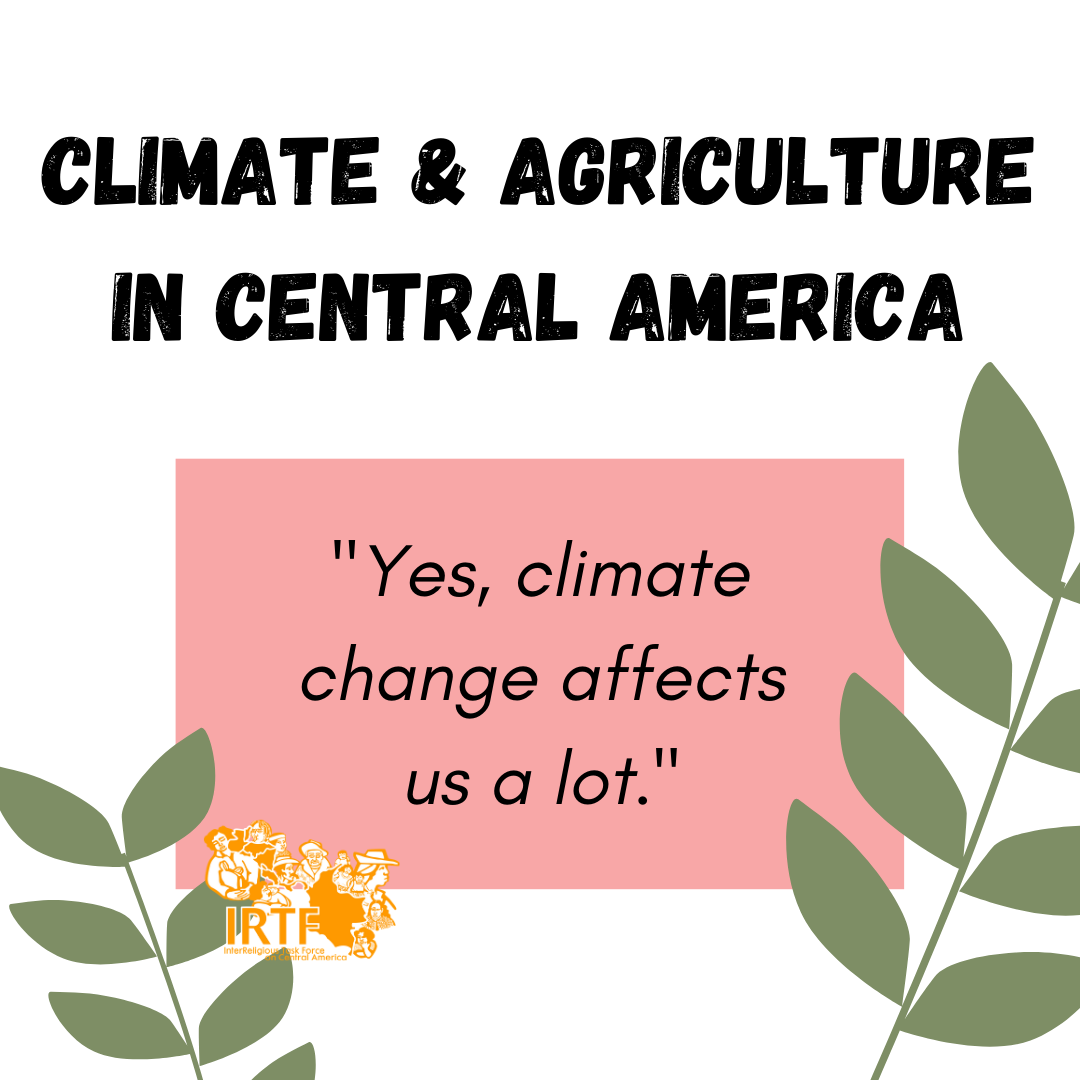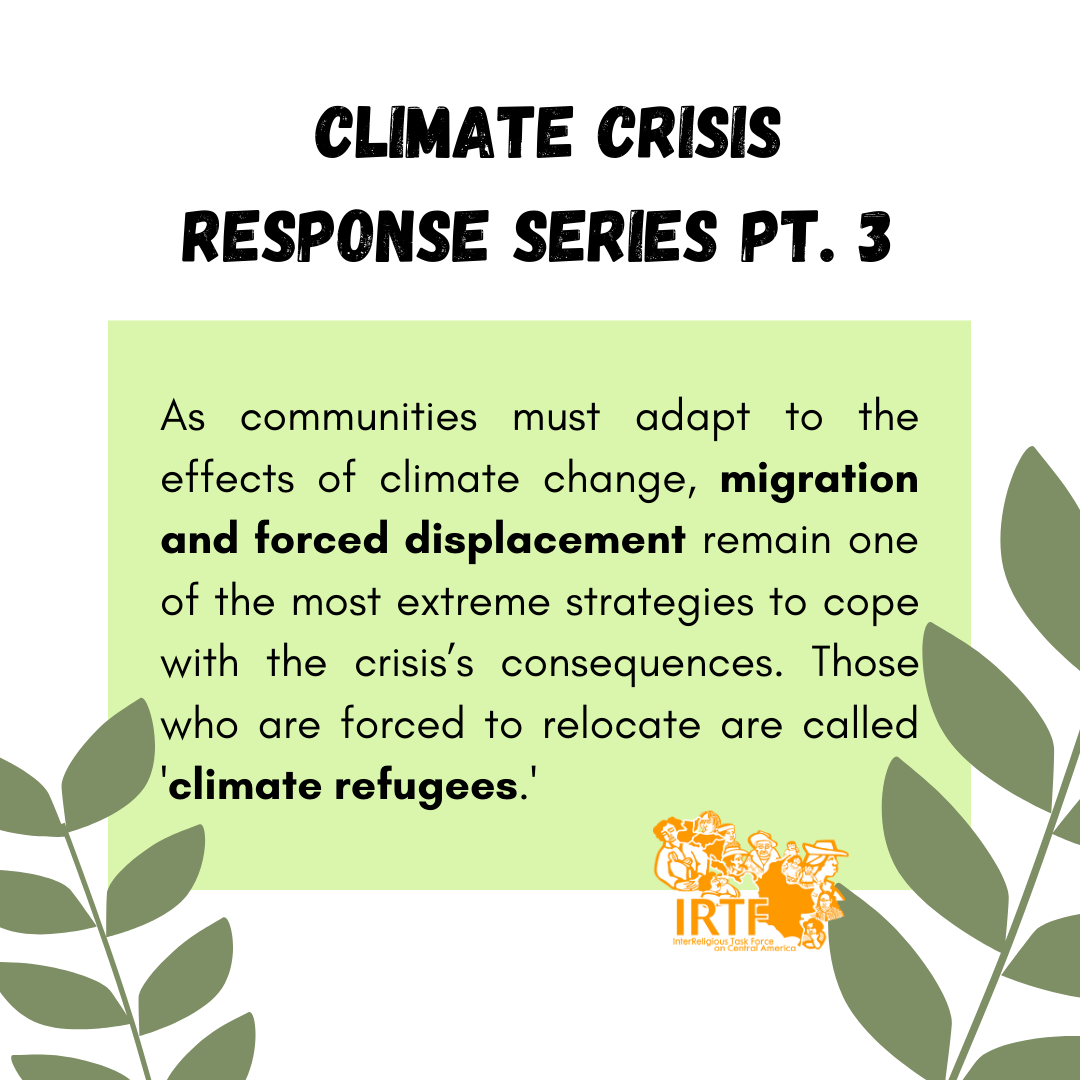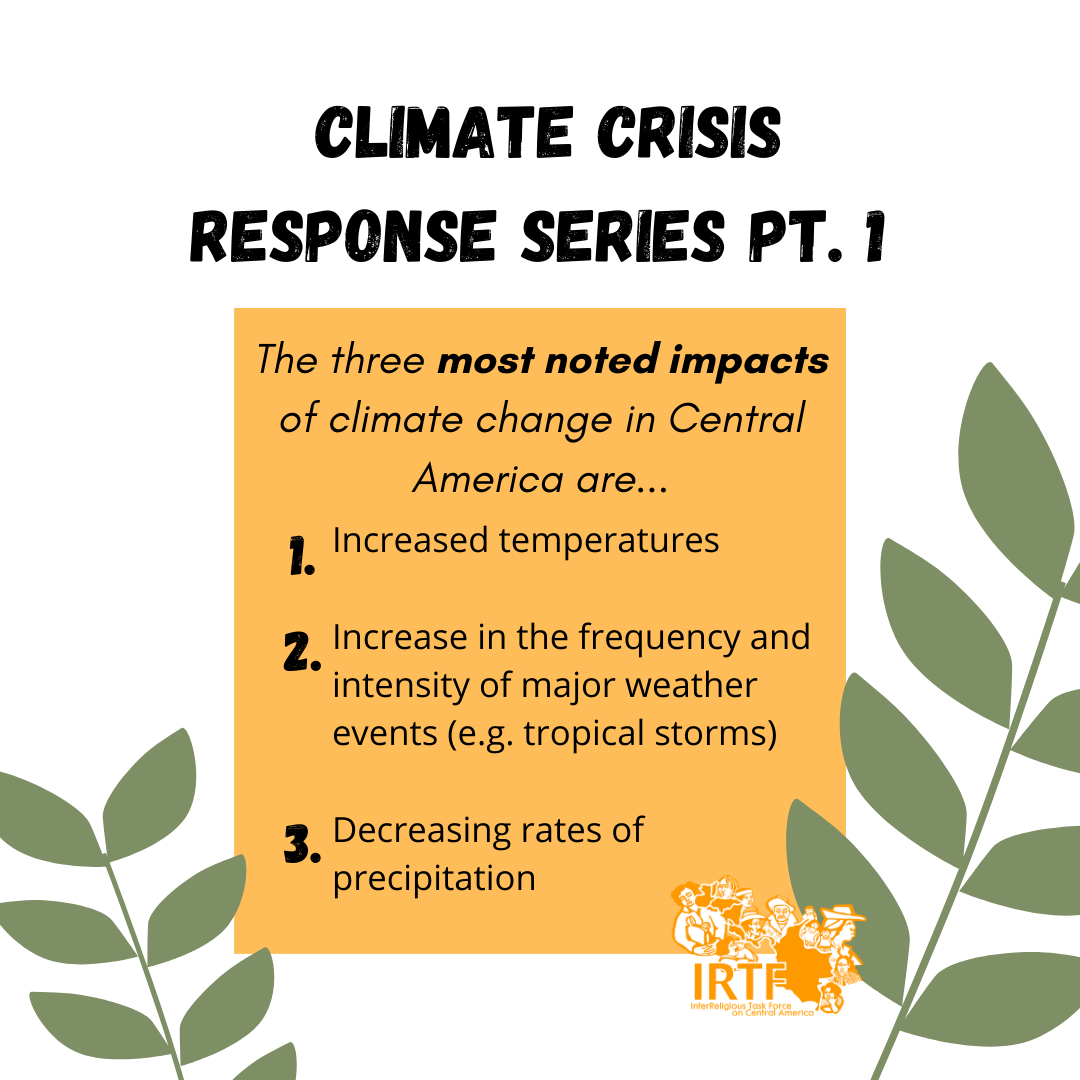A "model city?" According to Edmundo Orellano, the former foreign minister and former defense minister of Honduras: "We are handing over the territory and sovereignty, displacing the population and stripping it of its real estate, to establish small States ['model cities"] in a territory that will no longer be ours, populated by foreigners, that are like the ones that appear provoking the islanders in the video went viral on the networks, they will be, for the most part, louts." This article looks at local resistance on the island of Roatán to the model city (aka ZEDE, or Zona de Empleo y Desarrollo) called Próspera .
- Home
- About Us
- Issues
- Countries
- Rapid Response Network
- Young Adults
- Get Involved
- Calendar
- Donate
- Blog





